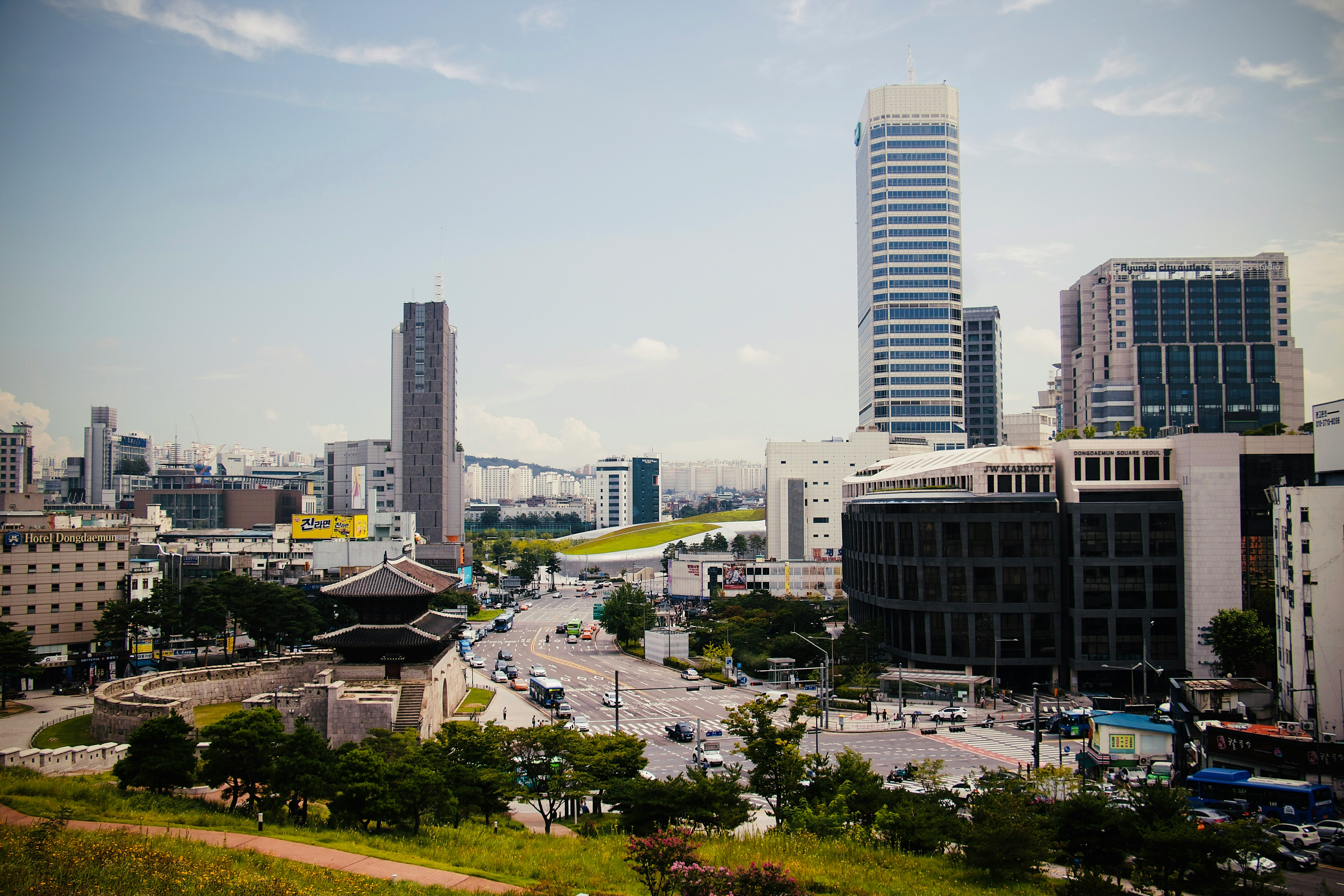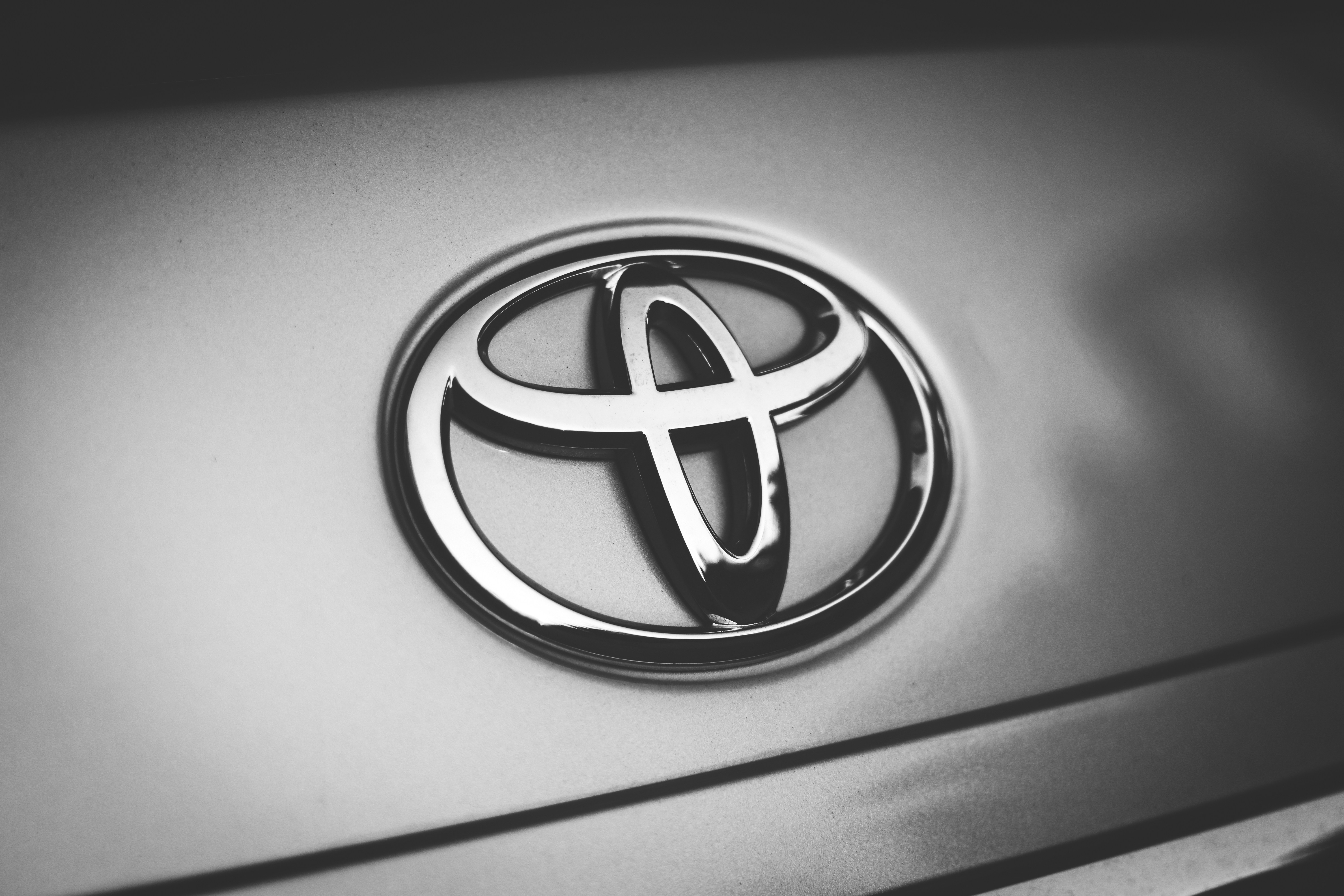Automotive and Engineering Summits in Nagoya and Hamamatsu
Author
Chan
Date Published

Japan’s industrial belt between Nagoya and Hamamatsu forms the core of its global reputation for precision engineering and manufacturing excellence. This corridor, home to Toyota, Yamaha, Suzuki, and Denso, provides not only production scale but also a rich infrastructure for business conventions and technical showcases. Hosting summits here means engaging directly with Japan’s most advanced supply chain networks while leveraging local venues purpose built for technology demonstrations.
Both cities balance accessibility and specialization. Nagoya offers world class convention facilities and hotel clusters suited to international delegations, while Hamamatsu presents immersive opportunities through factory visits and test site collaborations. This guide explains how to plan summits that align with Japan’s industrial rhythm, covering venue ecosystems, factory access, technical crew coordination, and audiovisual dependability.
Venue Clusters and Access Hubs
Nagoya is the anchor city for Japan’s manufacturing events, centered around Port Messe Nagoya, Nagoya Congress Center, and Winc Aichi. These venues feature high ceiling halls for automotive displays, reinforced floor loading, and dedicated freight docks. Many are within thirty minutes of Chubu Centrair International Airport, making equipment and delegate movement efficient.

Hamamatsu, smaller yet strategically positioned between Tokyo and Osaka, complements Nagoya with a focus on music, robotics, and precision instruments. The Act City Hamamatsu Conference Center offers an acoustically advanced hall, often chosen for engineering or product launch summits. Several nearby hotels and civic centers in the industrial district provide scalable breakout options.
Mini Checklist
• Map the event footprint within Nagoya’s metro rail grid for shuttle efficiency
• Confirm freight loading hours and union crew shifts with venue operations
• Check ceiling rigging capacity for suspended displays or lighting arrays
• Coordinate hotels within walking distance for delegate convenience
Clause Example:
The Organizer shall finalize venue and accommodation allocations within the Nagoya metropolitan area and confirm freight access hours and rigging compliance with the site’s technical team.
Once venues are secured, planners should prepare bilingual layout plans and technical schematics for submission to each city’s safety bureau, a requirement for exhibitions exceeding one thousand square meters.
Factory Visits and Technical Collaborations
Japan’s automotive and engineering sectors value structure, punctuality, and confidentiality. Factory visits must be requested through corporate liaison offices and often require at least six weeks’ notice. Toyota’s Motomachi Plant, Suzuki’s Hamamatsu Factory, and Yamaha’s Innovation Road accept organized industry groups under registered educational or corporate exchange categories.
A factory itinerary typically includes a safety briefing, guided production line walkthrough, and Q&A session led by engineers. Cameras and mobile phones are restricted in most production zones. Visitors must wear closed shoes and bring identification for site entry.
Factory | City | Specialization | Access Requirements |
|---|---|---|---|
Toyota Motomachi Plant | Nagoya | Automotive assembly and robotics | Corporate request, ID verification, no photography |
Suzuki Hamamatsu Factory | Hamamatsu | Motorcycle and small engine manufacturing | Group pre-registration, safety compliance forms |
Yamaha Innovation Road | Hamamatsu | Audio and digital engineering | Appointment confirmation, bilingual interpreter required |
Mini Checklist
• Submit factory visit applications at least six weeks in advance
• Prepare bilingual attendee lists and affiliation letters
• Request official approval letters for photography if needed
• Verify transport schedules for return to conference sessions
Clause Example:
The Organizer shall coordinate factory access through official corporate liaison channels and provide all participants with safety guidelines and compliance documents before entry.
After each visit, planners should schedule a debrief meeting or networking dinner where insights from the tour can be translated into actionable strategy discussions.

Union Crew Setup and Technical Coordination
Large engineering summits in Japan require strict adherence to union labor dispatch systems. Nagoya and Hamamatsu both rely on regional technical unions that assign qualified crew for staging, AV, and electrical work. These crews operate under fixed shift schedules and mandatory safety briefings, typically managed through venue-registered contractors.
For international organizers, the priority is aligning show schedules with labor availability. Setup days must include buffer time for equipment checks and safety inspections. Electrical testing follows Japan’s 100 volt standard and is verified by the site’s maintenance department before activation.
Mini Checklist
• Confirm approved union dispatch firms through the venue’s production office
• Schedule setup, testing, and teardown according to official work windows
• Include one bilingual production supervisor for every fifty crew members
• Provide safety documents translated into Japanese for pre-briefing
Clause Example:
The Organizer shall engage venue-registered union crews for all setup and teardown operations and comply with local labor safety briefing requirements prior to production.
Planners should also hold a pre-event technical alignment session to synchronize hotel-based rehearsals, stage calling, and AV handoffs, ensuring consistency between cities.

AV Reliability and Technical Standards
Audiovisual reliability defines the credibility of a technical summit in Japan. Venues in Nagoya and Hamamatsu use integrated digital systems that require coordination between house technicians and external contractors. Most support simultaneous translation, multi-screen projection, and broadcast-level recording. However, foreign plug adapters and voltage mismatches can still cause interruptions if not pre-verified.
Preferred contractors such as Hibino Corporation and Shirokuma Tech provide bilingual engineers familiar with international show protocols. Rehearsals must include real-time cue runs for translation channels and synchronized lighting transitions. Japan’s strict venue compliance rules require all foreign equipment to pass electrical certification before setup.
Mini Checklist
• Conduct AV testing twenty four hours before opening
• Verify all international devices for voltage and plug compatibility
• Assign one bilingual show caller for technical cue alignment
• Schedule rehearsals with interpreters and AV engineers present
Clause Example:
The Organizer shall coordinate audiovisual operations with certified local vendors and complete full equipment verification before audience entry.
After AV systems are approved, planners should record a technical rehearsal and share it with both cities’ crews to maintain visual and acoustic consistency throughout the tour.
FAQs
1. How early should venue bookings be made for Nagoya or Hamamatsu?
At least eight to ten months in advance, especially if the summit coincides with automotive exhibition season.
2. Are factory visits open to the general public?
No, they are by corporate appointment only, and all participant data must be pre-cleared through company security offices.
3. Can non-union staff perform technical work?
Only under direct supervision of a union lead, and limited to non-hazardous tasks like signage setup or registration area management.
4. Are English-speaking technical teams available?
Yes, but availability is limited; bilingual supervisors should be confirmed at contracting stage.
5. Can sessions be broadcast live internationally?
Yes, provided the venue’s network infrastructure is tested in advance and streaming permissions are secured from participating corporations.
Conclusion
Hosting automotive and engineering summits in Japan’s industrial belt allows organizations to meet innovation at its source. With structured access to factories, disciplined union coordination, and world-class AV reliability, Nagoya and Hamamatsu deliver the precision and professionalism expected by technical audiences.
By combining strategic planning with Japan’s culture of craftsmanship, planners can design programs that reflect the spirit of engineering excellence. Connect with us to access bilingual factory coordination templates, union crew scheduling tools, and compliance checklists for your next summit in Japan’s industrial heartland.